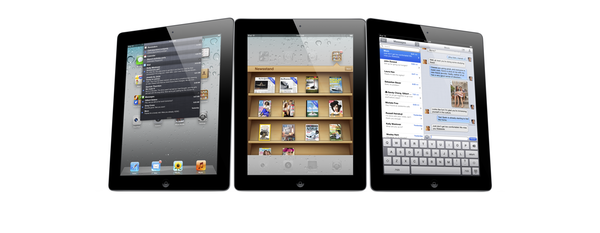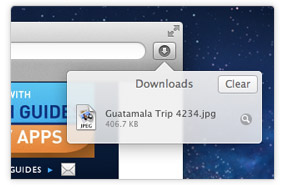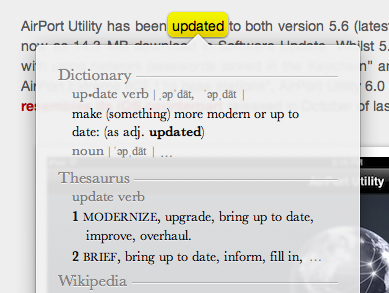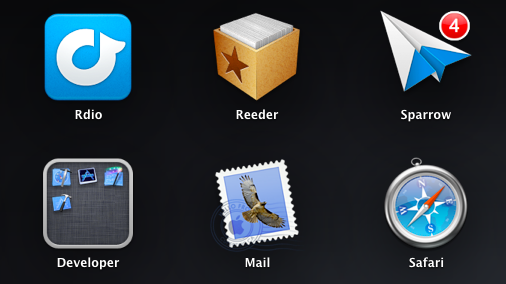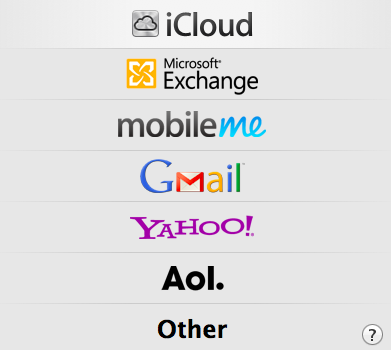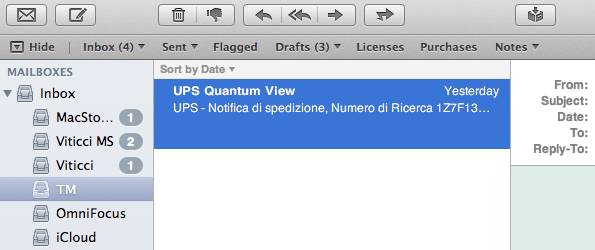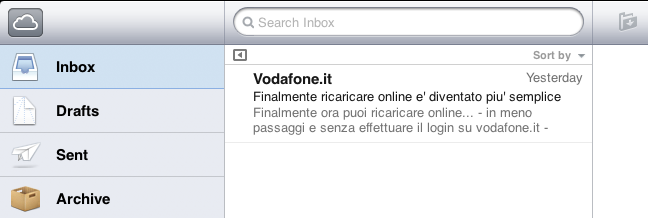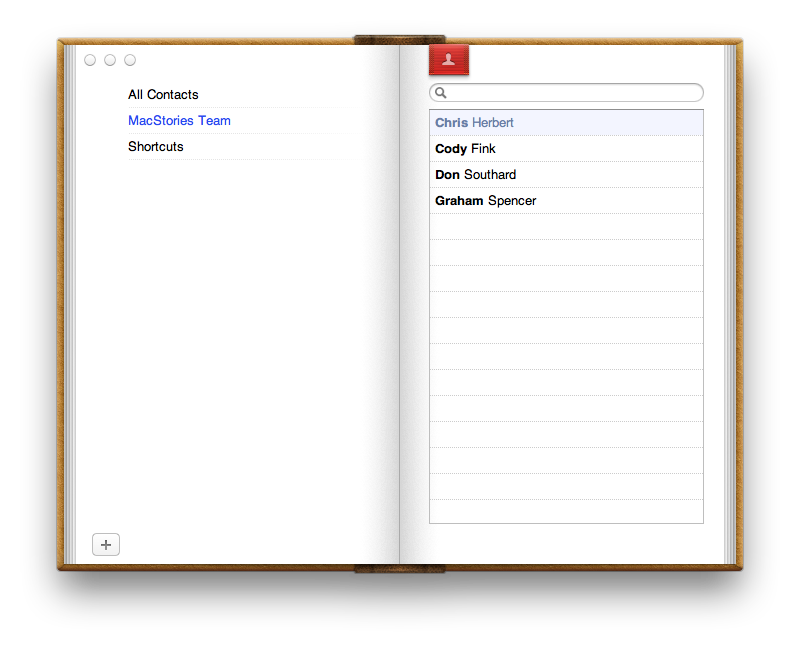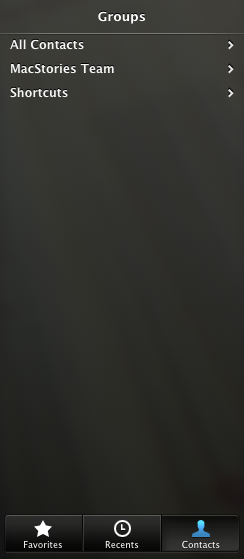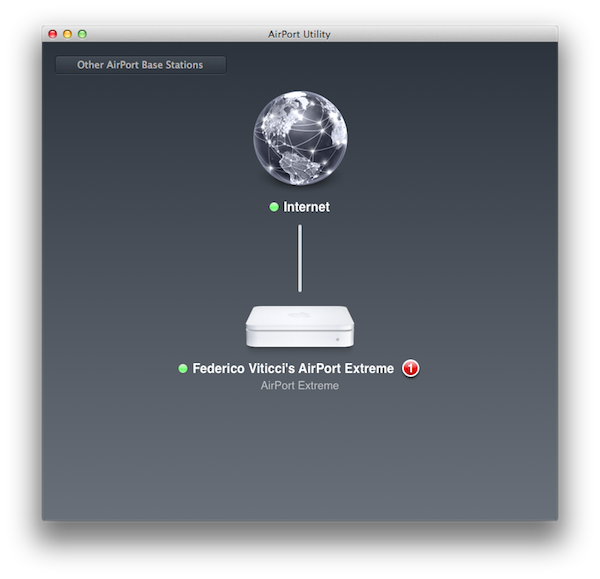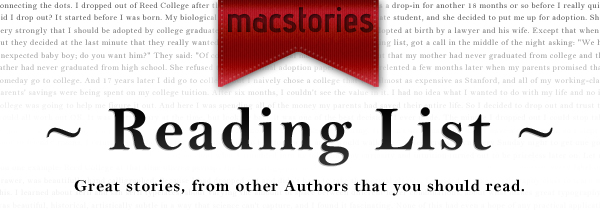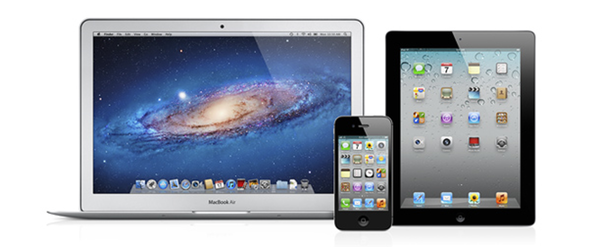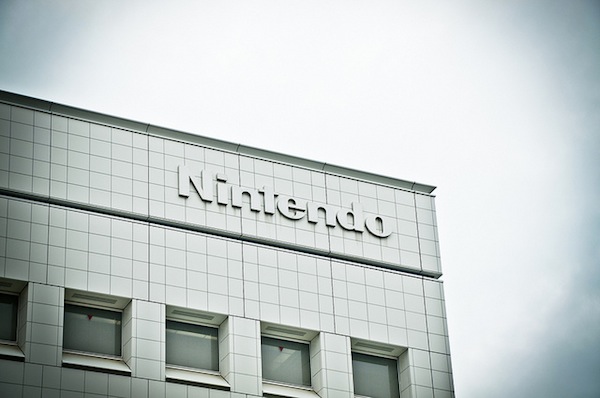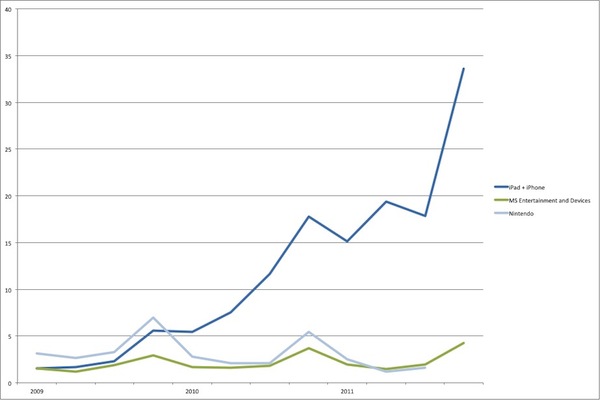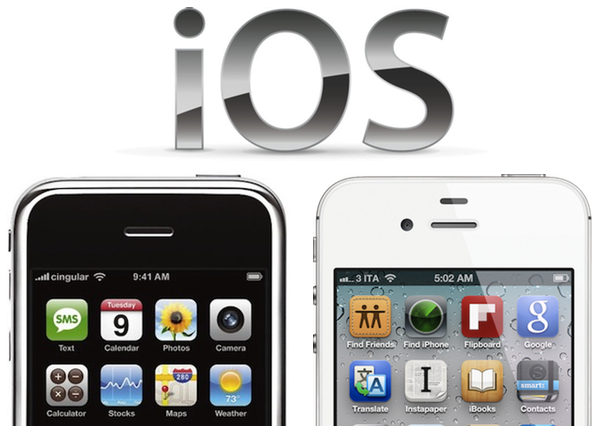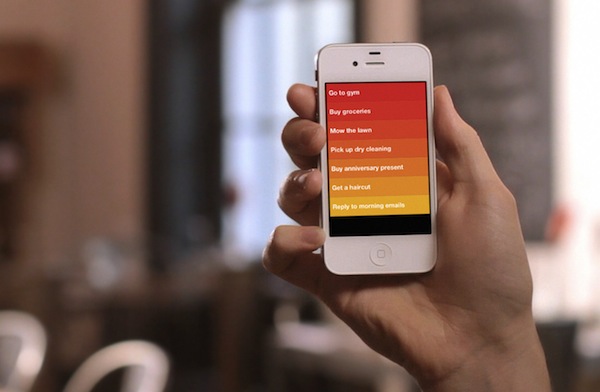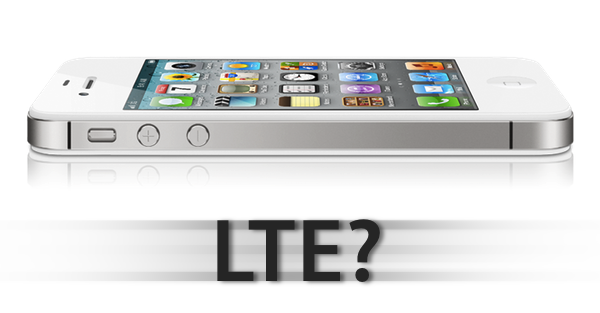Starting this month we’re launching a new, month-in-review feature that will summarize the past month’s big news stories, apps and editorials that we have published on MacStories. Each month we’ll give links to all those big stories and give a summation of the big events: for example, this month we detail Apple’s Education Event and include links to all the important articles related to it. We’ll also include links to new apps, app updates and app reviews that we think are worthy of your attention. Finally, we’ll be including links to our standout editorial stories from the past month - the stories we are most proud of.
We hope you enjoy this new feature and find it useful. Our hope is that it gives some perspective on the events of the past month, particularly when news flows so fast these days.
Apple’s Education Event
The big news of January was probably Apple’s Education Event that was held on January 19th in New York. The education-themed event saw the release of iBooks 2.0 which featured the ability to read new multi-touch books and, specifically, textbooks. In order to promote the creation of these new multi-touch books, Apple also released the free iBooks Author application for OS X, allowing virtually anyone to create a beautiful and interactive book for the iBookstore. The event also saw the release of an iTunes U app for the iPhone and iPad to give students and teachers more control over their courses.
Apple’s Q1 2012 Earnings Call
The other significant piece of news from January was Apple’s Q1 2012 earnings call in which Apple revealed it had just had the best quarter in its history, posting $46.33 billion in revenue, selling 37.04 million iPhones and 15.43 million iPads during the blowout quarter. The Next Web pointed out an interesting statistic that by selling 37.04 million iPhones during the 14 week quarter, Apple had actually sold more iPhones than babies had been born during the same time period. We also posted some of the more interesting details and statistics from the earnings call in a follow-up post which is well worth the read. A final article related to the earnings call is the one about how the iPhone ASP rose in Q1 2012, despite the addition of the “free” iPhone 3GS.
Apple Continued To Rollout Products Internationally
January saw the next big wave of iPhone 4S launches in China and 21 other countries on January 13th, making the 4S available in over 90 countries. Apple’s recently launched iTunes Match also became available in 19 additional countries around Europe and South America - taking the total number of countries with iTunes Match to 37 - making it another quick international rollout.
Supplier Responsibility
This month the issue of working conditions at Apple’s suppliers again came under close inspection. It started with the NPR program ‘This American Life’ investigating the issue in one of its episodes. Apple then released its annual Supplier Responsibility report (earlier than last year) and revealed its list of suppliers for the first time. Towards the end of the month, The New York Times featured an editorial on the issue - focusing on Apple. We also linked to a paidContent article that put the NYT article into perspective and rationally laid out the reality that Apple can’t solely change manufacturing overnight.
Jailbreak
January saw the untethered A5 jailbreak finally being released, to the joy of many iPhone 4S and iPad 2 owners who had been holding out for a jailbreak for quite some months. In fact the demand for the jailbreak saw nearly 1 million downloads of the tool in just the first 24 hours. Jailbreak certainly hasn’t become irrelevant just yet.
New SVP of Retail
On January 31, Apple announced John Browett has been hired as new Senior Vice President of Retail, a position left open since Ron Johnson left Apple to become the new CEO of J.C. Penney. Browett has been the CEO of European technology retailer Dixons and previously held various executive positions at Tesco, including CEO.
Everything Else
- Kickstarter: TidyTilt, a Smart Cover Design with Smart Options for the iPhone
- Infinity Blade Franchise Exceeds $30 Million in Revenue
- Apple Releases iOS 5.1 Beta 3
- App Store Search Results Get “Quick Look” Previews
- iPad 3 To Launch In March with LTE, Retina Display, Quad-Core Processor
- Camera+ Reaches 6 Million Downloads, Over $5 Million In Revenue
- Virgin America Names Jet “Stay Hungry, Stay Foolish” After Steve Jobs
- Adam Lashinsky’s Inside Apple Is Now Available For Purchase On The iBookstore
- Evernote Working On Todo List App Following Egretlist Acquisition
- Lion Full-Screen, New Tab Page Sneak Into Early Firefox 12 Build
- Obama, Romney Election Campaigns To Use Square In Fundraising Efforts
New apps, updates to apps and reviews that we published in January 2012.
- Google Translate for iOS Updated with iPad Support
- Day One 1.5 for iOS: Now With iCloud Sync
- Day One for Mac 1.5: iCloud Sync, Markdown, Full-Screen
- Analog 1.1 Launches With New Photo Options, Filters
- PDF Expert 3.2 Brings Full PDF Searching And Better Support For Bluetooth Keyboards
- Fantastical 1.2 Adds International Languages To Event Parsing Engine
- Smile’s PDFpen for iPad Is A Powerful 1.0 Version
- Calendr for iPhone: Fast and Elegant Event Creation
- Phraseology for iPad: Write, Remix, and Markdown
- Yoink 2.0 Brings Smarter Drag & Drop To Lion
- xScope 3: Measure. Inspect. Test.
- Clear: An Interview With Impending’s Phill Ryu
- Witness Home Alarm System Gets AppleScript Support, Sneak Peek, Face Detection
- Apple Releases iOS-like AirPort Utility 6.0 for Lion
- Apple Updates FCP X With Multicam Editing, Enhanced XML
January Quick Reviews
- Quick Review: Werdsmith for iOS
- Quick Review: Consume As An Online Usage Monitor
- Quick Review: Wikibot
- Quick Review: NewsFlash Aggregates The World’s Headlines
A selection of the best editorial pieces that we published on MacStories in January 2012.
- My Educated Guess On What The Next Apple TV Will Be
- On Comments
- Mac App Store: Year One
- New Apps for 2012
- New Twitter Clients
- Review: Logitech Tablet Keyboard for iPad
- The Apple Community
- The Problem With The iOS Home Screen
- The Apple Of Gaming
- The State Of iCloud-enabled Apps
- The iOS-ification Of Apple’s Ecosystem
January MacStories Reading Lists






